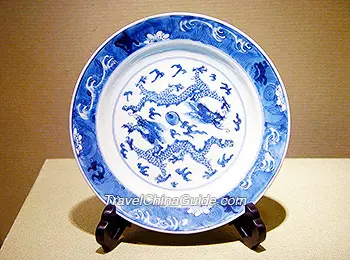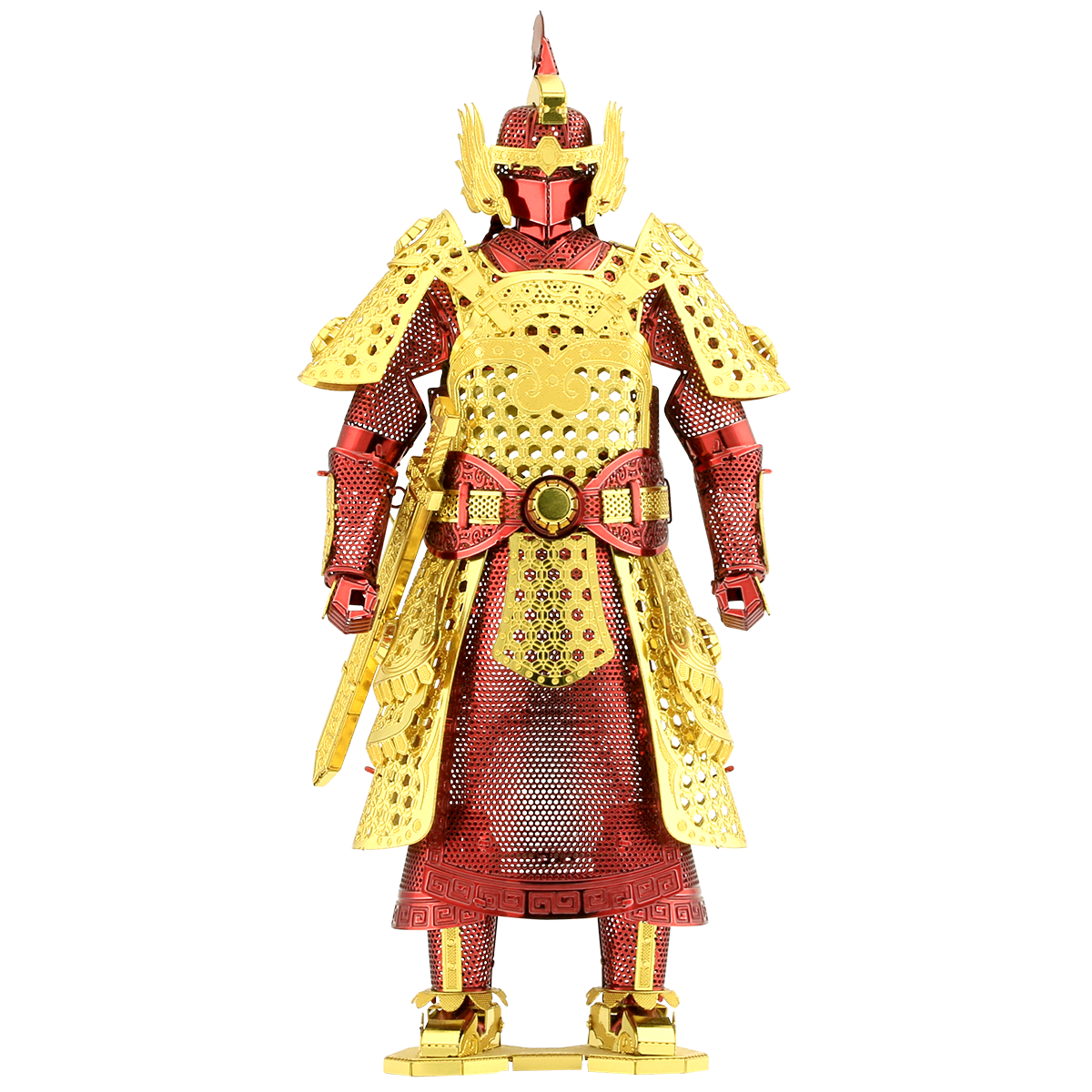
Dairy consumption, systolic blood pressure, and risk of hypertension: Mendelian randomization study. Ming Ding*, Tao Huang*, Helle KM Bergholdt*, 69 coauthors from the Mendelian Randomization of Dairy Consumption Working Group, Børge G Nordestgaard*, Christina Ellervik*, Lu Qi*. Genetics, Lipidomics, and Cardiometabolic Diseasesġ.

British Medical Journal 2019 367:l6204 (NCI EGRP’s 2019 Research Highlights) Women and Men: a Pooled Analysis of Three Prospective Cohort Studies. Associations of Dairy Intake with Risk of Mortality in U.S.

Ming Ding, Jun Li, Lu Qi, Christina Ellervik, Xuehong Zhang, JoAnn E Manson, Meir Stampfer, Jorge E Chavarro, Kathryn M Rexrode, Peter Kraft, Daniel Chasman, Walter C Willett, Frank B Hu. Association of Coffee Consumption With Total and Cause-Specific Mortality in 3 Large Prospective Cohorts. Ming Ding, Ambika Satija, Shilpa N Bhupathiraju, Qi Sun, Jiali Han, Esther Lopez-Garcia, Walter Willett, Rob M. (Circulation Best Paper Award in Population Science in 2015)Ģ. Long-Term Coffee Consumption and Risk of Cardiovascular Disease: a Systematic Review and a Dose-response Meta-analysis. Methodology in cardiovascular epidemiology.ġ. Ming Ding, Shilpa N Bhupathiraju, Ambika Satija, Rob van Dam, Frank B Hu. Pregnancy-related factors and cardiometabolic diseases.ģ. Lifestyle, genetics, and lipidomics in prevention of cardiometabolic diseases.Ģ. (Nutrition and Epidemiology) 2016, Harvard Universityġ. (Biochemical and Molecular Nutrition) 2011, Peking University, Chinaĭ.Sc. ISBN 978-0980063905 (hardcover), 2008, 508 pages.Ming Ding Research Fellow Department of Nutritionīoston, MA, of Medicine (Preventive Medicine) 2009, Peking University, China Sarah Schneewind conceived the idea of surveying the historiographical heritage of the Ming founder and brought together a constellation of specialist, each with a different story to tell. Long Live the Emperor! brings together twenty essays examining how his stormy career has been interpreted in politics, the arts, outside of China, and in our own time. Ever since his death in 1398 popular stories and more formal accounts from across East Asia have sought to make sense of the Ming founder and deploy his memory for a wide range of uses. His rise from poverty, participation in a millenarian movement, expulsion of the Mongols, unification of the empire, three decades of tumultuous rule, paranoia, and bloody purges are all the stuff of legend.

The founder of the Ming Dynasty (1368-1644), Zhu Yuanzhang, was one of the most colorful rulers in China's long imperial history. Long Live the Emperor! Uses of the Ming Founder across Six Centuries of East Asian History Publication of this edited version was made possible by the support of the Weisfogel family and the Department of East Asian Languages and Cultures of Columbia University. Tragically, he died of an illness shortly after its completion. As Weisfogel puts it, "Guan Zhidao's world was falling apart." Guan Zhidao's response to this crisis was put forward in the form of "Proposals for Following the Men of Former Times to Safeguard Customs." Weisfogel's book is the first major scholarly study of Guan Zhidao and the only account in English of a late Ming thinker who has received less attention than many better-known contemporaries.Ī promising young scholar in the field of Chinese intellectual history, Jaret Weisfogel wrote this book as a doctoral student at Columbia University. Guan Zhidao (1536-1608) was a Confucian thinker who was anxious to counter the moral confusion and social decay that accompanied the profound commercialization and urbanization occurring around the end of the Ming Dynasty. This is the sixth title in the Ming Studies Research Series, published by the Society for Ming Studies and distributed by the Center for Early Modern History. A Late Ming Vision for Local Community: Ritual, Law and Social Ferment in the Proposals of Guan Zhidao.


 0 kommentar(er)
0 kommentar(er)
